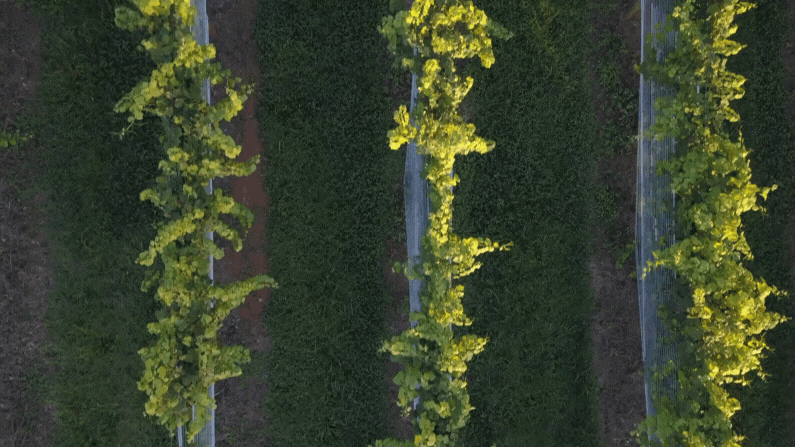
The Virginia Wine Tasting Guide
Virginia is a hot wine region right now. It’s a top ten region in both consumption and production, and the state is starting to get more respect from winemakers in top regions like California and Oregon.
This is a result of the work that Virginia is doing to understand what grows best in the state. Winemakers Research Exchange is an organization that started in 2014 with the goal of improving how wine is made. Led by research enologist Joy Ting and a board of five winemakers from the Monticello area, WRE brings together around 30 winemakers from across the state.
All of this has led to a significant increase in the quality of the wines and more consistency throughout the area. Even so, Virginia is a big state with lots of diversity in terroir, the grapes they use, how wine is made, and how it tastes in the glass. Wine students may not be familiar with wines from Virginia, because so little of it gets exported out of the state.
Let’s take a look at one of the most diverse, experimental states in the country…
Terroir

Virginia has a lot of diversity when it comes to terroir. Differences in soils, geology and climate create preferences for different winegrowing techniques across the state.
Virginia’s soils run the gamut, from soft, iron-rich clay, to sand and loam (a mixture of sand, silt and clay), to rocky granite. Sometimes these can be all found within the same region, within miles of each vineyard.
Additionally, there are rolling hills, mountains, lush valleys, plains and everything in between. Virginia vineyards can take advantage of elevation and warm valleys, sometimes within the same area. This impacts not only the vines but the ripening of the key grapes in the area, and how they ultimately present in the glass.
Lastly, Virginia’s climate is highly variable. Not only are there differences between the subregions of the state, but every year can bring new challenges to the area. The warm air of the Atlantic makes Virginia particularly prone to hurricanes, which can take place just before, or during harvest. On the other hand, these humid, subtropical influences can create warm summers and mild winters, creating an optimal environment for a long growing season. Combine that with ample rainfall and Virginia is a great place for even ripening grapes that produce wines with balanced acidity and complex flavors.
It also means the state can diversify the grapes it grows.
Key Grapes
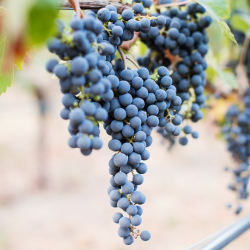
International: Chardonnay, Cabernet Franc, Merlot, and Cabernet Sauvignon
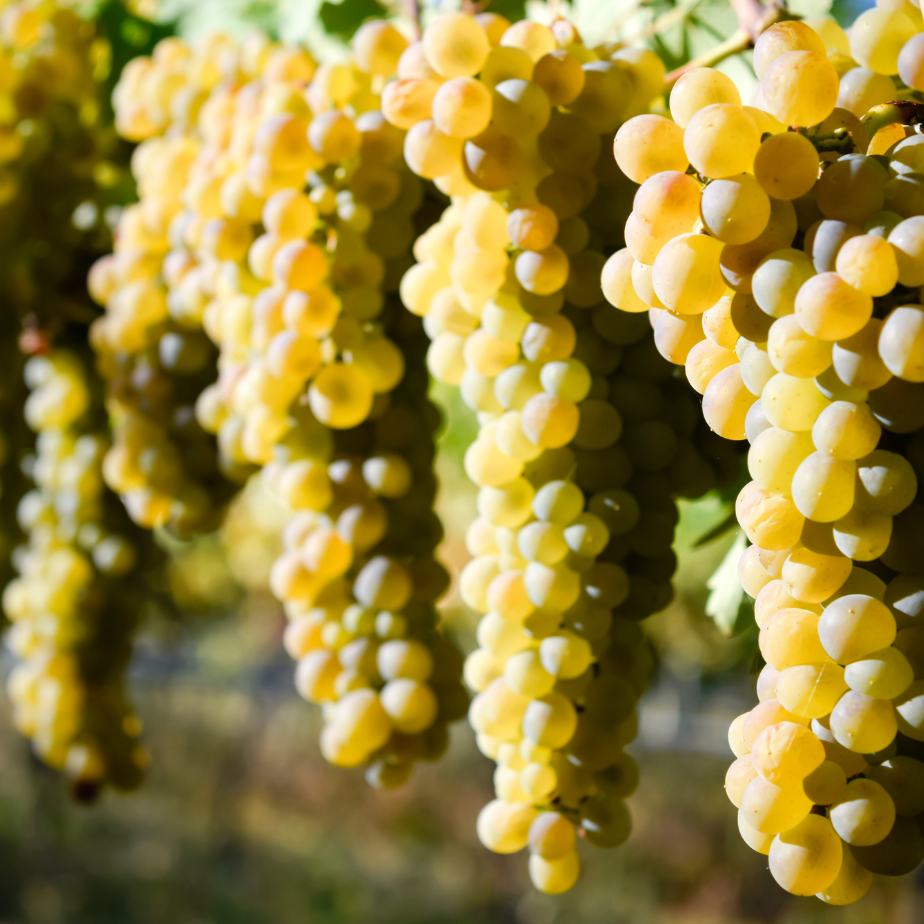
Lesser Known: Petit Manseng, Petit Verdot, and Viognier
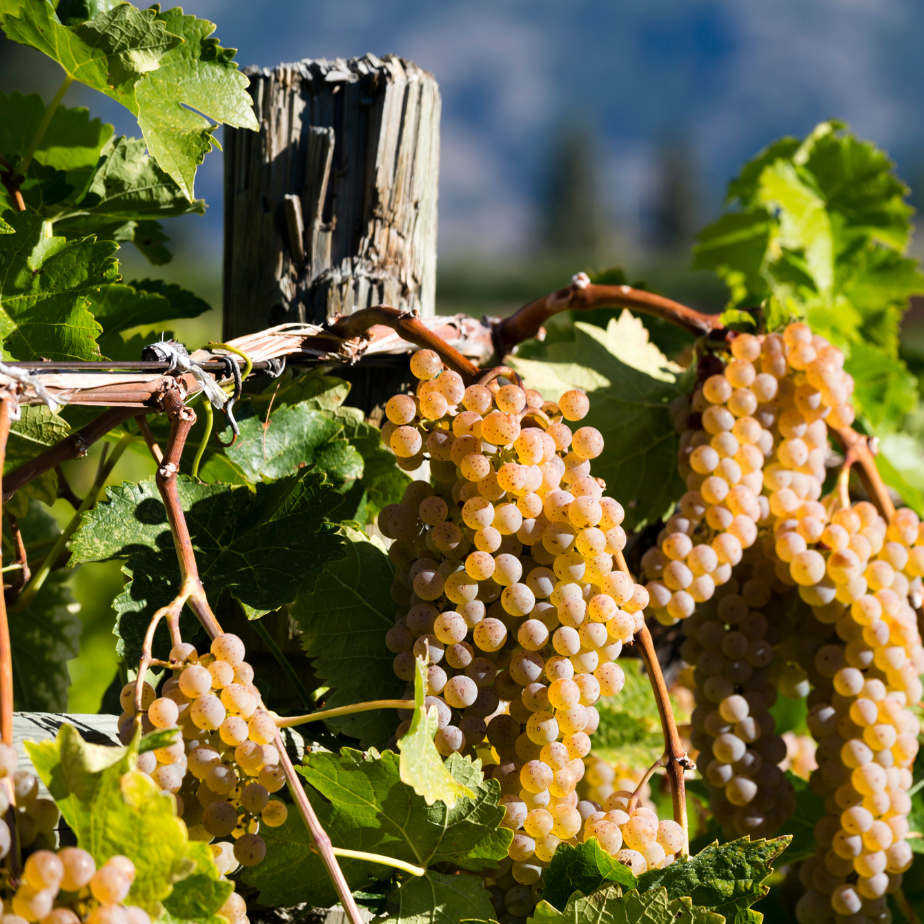
Hybrids: Norton, Chambourcin, Seyval Blanc, Vidal Blanc, and Chardonel
Virginia has not yet committed to a set of key grapes, like many US regions. That’s a great thing because it allows the state to figure out what grows best and what consumers love from the region. Nevertheless, there are a few grapes grown throughout the state that are worth noting.
Virginia has several international varieties that grow widely: Chardonnay, Cabernet Franc, Merlot, and Cabernet Sauvignon. They also use lesser-known varieties like Petit Manseng, Petit Verdot, and Viognier. And now, Virginia winemakers love to throw in hybrids and native grapes like Norton, Chambourcin, Seyval Blanc, Vidal Blanc, and Chardonel.
This variety of grapes allows consumers to find different wines and wine styles that they like from the state. Additionally, it allows wine growers to figure out what works best in their specific region. For example, in the Northern Virginia area, Viognier, Chardonnay, and Bordeaux blends work best due to the proximity to the Potomac River and the well-draining soils (granite and sandstone). However, in the Roanoke area to the southwest, the slopes of the Allegheny mountains are great areas for Cabernet Sauvignon, Cabernet Franc, and Merlot. Hybrids are a great feature of the western part of the state, near the Chesapeake Bay.

Notable Wineries
With more than 300 wineries across the state there are many quality wineries to choose from. However, most of them sell wine within the state, so finding their wines can be a challenge for consumers from other areas of the country. Here are three of my favorite wineries in Virginia that often make their way out of the state.
Early Mountain Vineyards
Early Mountain Vineyards is one of the largest in the state, found in the Monticello AVA, near Charlottesville, Virginia. The 350-acre winery was named the #1 tasting room in the nation by USA Today in 2016. The winery works with nearly a dozen varieties including international grapes like Merlot, Chardonnay and Petit Verdot. One of their main grapes is Petit Manseng, which is used in their award-winning Five Forks blend. You can find EMV wines all over the Northeastern U.S. and they ship all over the country.
Blenheim Vineyards
The Dave Matthews Band, famously from the Charlottesville area, own this world-class vineyard in the area. Led by winemaker Kirsty Harmon and events and marketing director Tracey Love, the vineyard also includes about a dozen grapes. A couple of surprising ones include Gruner Veltliner, Grenache and Mencia. All are rather unusual but Kirsty is focused on finding what works.
Harmon notes that these are “varieties that you would not necessarily expect in Virginia. But it’s hard to know what to expect in Virginia anymore because everybody is planting a little bit of everything to understand what works.”
Love agreed, noting “there’s something for everyone here, especially if you know where to look.”
Because Mencia, Albariño (also planted at Blenheim) and Grenache are all early ripening varieties in Spain, Kirsty is hoping to produce a similar result in Virginia.
The Winery at Bull Run
Located about 30 minutes from Washington, D.C. The Winery at Bull Run is a 225-acre property with beautiful tasting rooms included. They grow about 8 different varieties, including Chardonnay, Petit Manseng, Viognier, Vidal Blanc, Petit Verdot and more. One of their most famous wines is a hybrid-blend of Vidal Blanc, Seyval Blanc and Traminette, known as the Delaney. Wines from Bull Run can be shipped across the country.

Virginia Wine Tasting Notes
With all of that diversity it can be a little challenging to understand how to taste and assess a wine that comes from this state. Here are a few tips:
![]() Fruit and Florals
Fruit and Florals
One thing to consider is that Virginia is equidistant between France and California. France is primarily a cold to moderate climate. California is primarily a moderate to warm climate. Virginia is between the two, as a moderate climate.
Because of that, Virginia wines tend to have a bit more floral and fruit expression than the same grapes in a different region. For example, Albariño in Spain may have more salinity and apple notes, while Virginia Albariño is more floral and stone fruits. Viognier from Virginia will have more intensity and floral character on the nose than the Rhône Valley in France.
![]() Elevated Acidity
Elevated Acidity
The acidity levels in Virginia wine is partially due to the climate in the vineyard, but also a stylistic choice for winemakers in the state. Elevated acidity is a good way to make sure your wines pair well with food. Many of the top Virginia wines are good at holding acidity as they ripen, which winemakers leverage in the winery.
![]() Softness with Lower Alcohol
Softness with Lower Alcohol
Virginia wines tend to be softer in texture and lower in alcohol. Again, this is a mix of vineyard factors and winemaking choices. The moderate climate can help ripen grapes, while oak usage can soften the harsh tannins of Cabernet Sauvignon or Petit Verdot. Winemakers are often looking for more accessible, drinkable wines and will use different techniques to get the profile they are looking for.
Virginia is still an emerging region, but it’s a state that is quickly becoming an established player in U.S. winemaking. Be sure to add Virginia wines to your tasting and study lists!


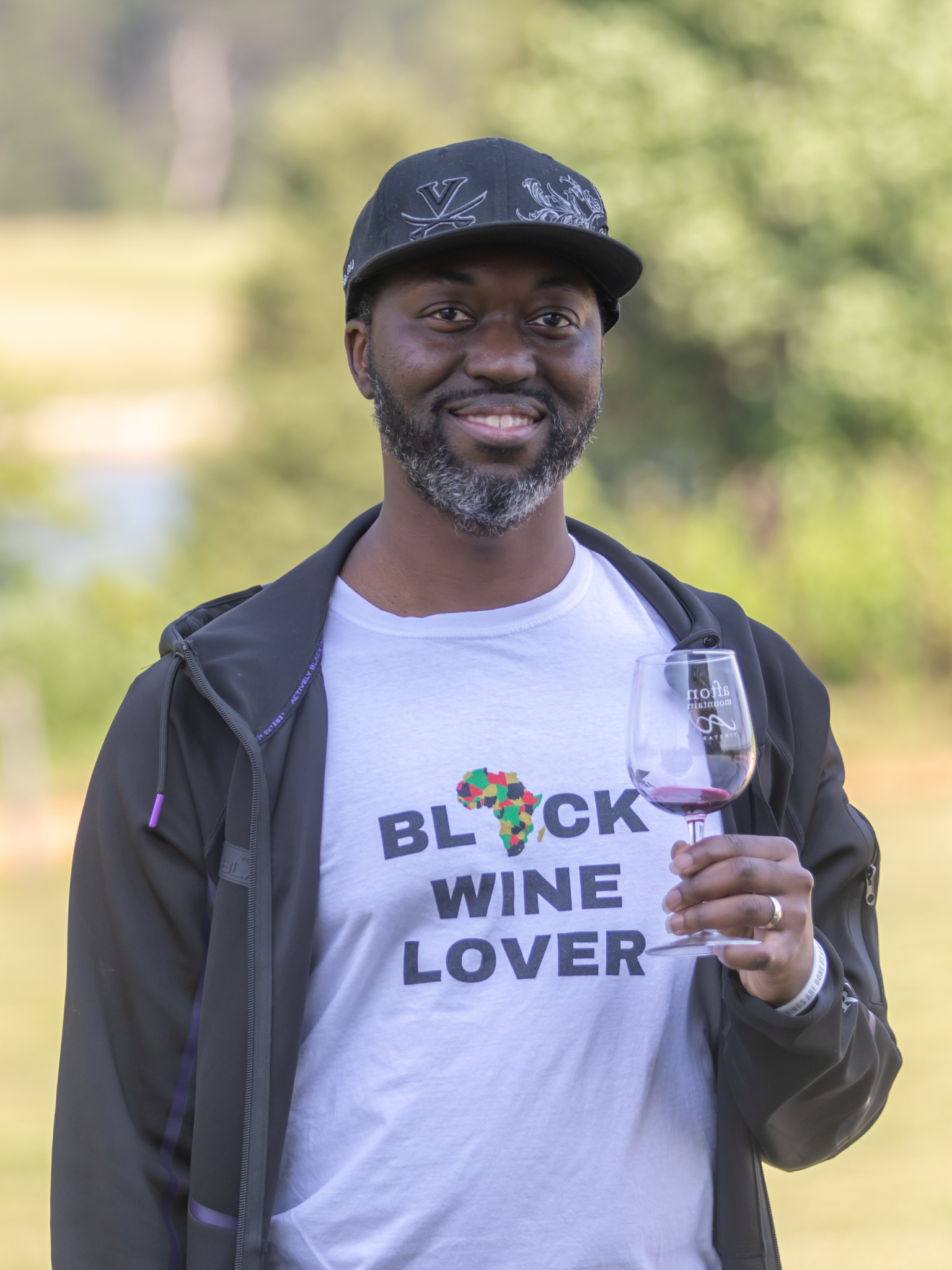
Sedale is a writer and editor focused on the stories and conversations that are not being told enough. His passion is for stories related to diversity and inclusion in all aspects of the industry. A Virginia-native, Sedale focuses on people and places where wine is enjoyed outside of typical regions, and how these lesser-known regions, winemakers and others are changing how we think about wine. Sedale holds his WSET Level 2 Certification and is a Certified Specialist of Wine and American Wine Expert.

